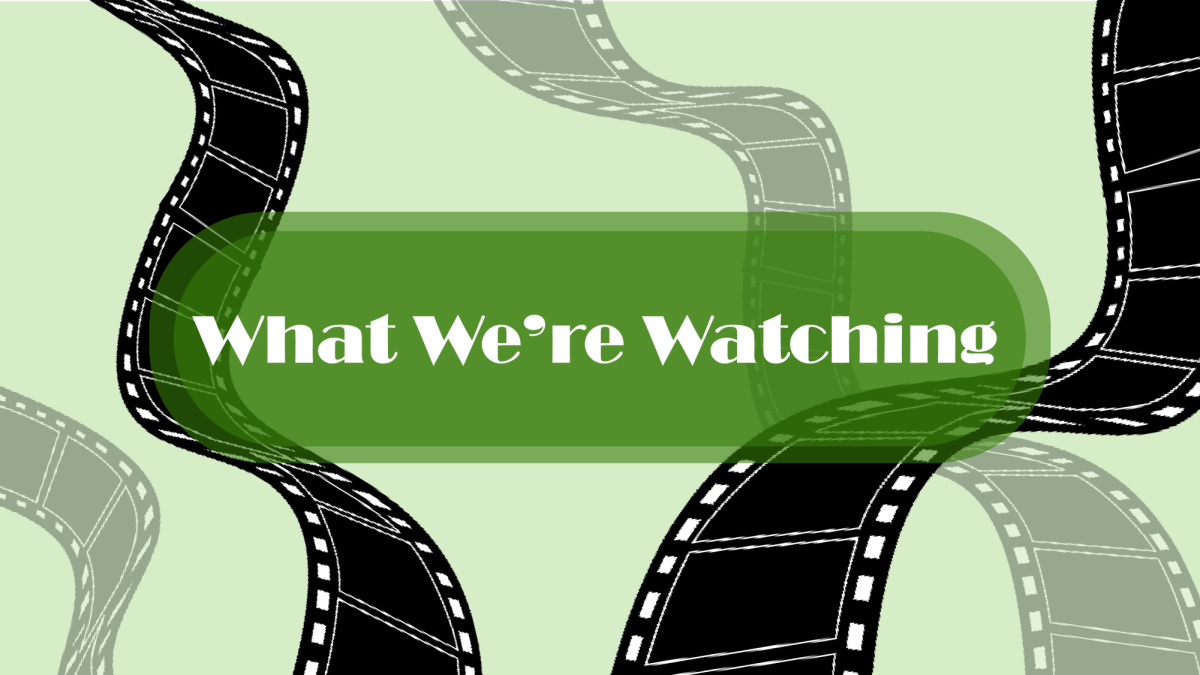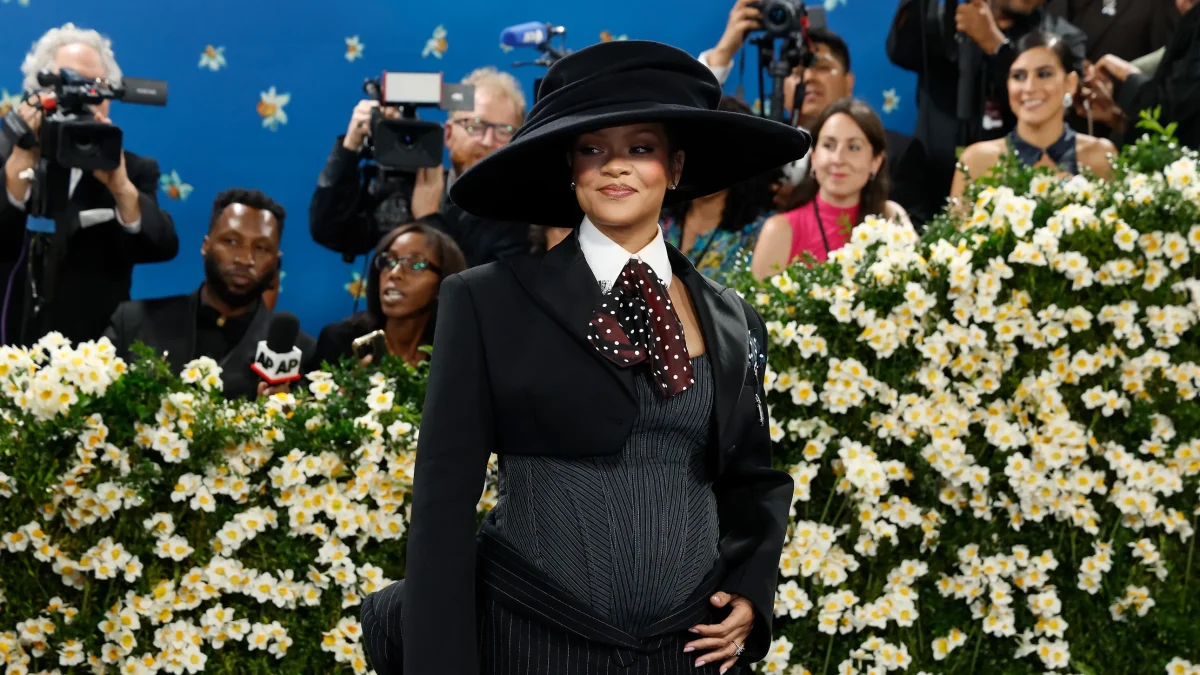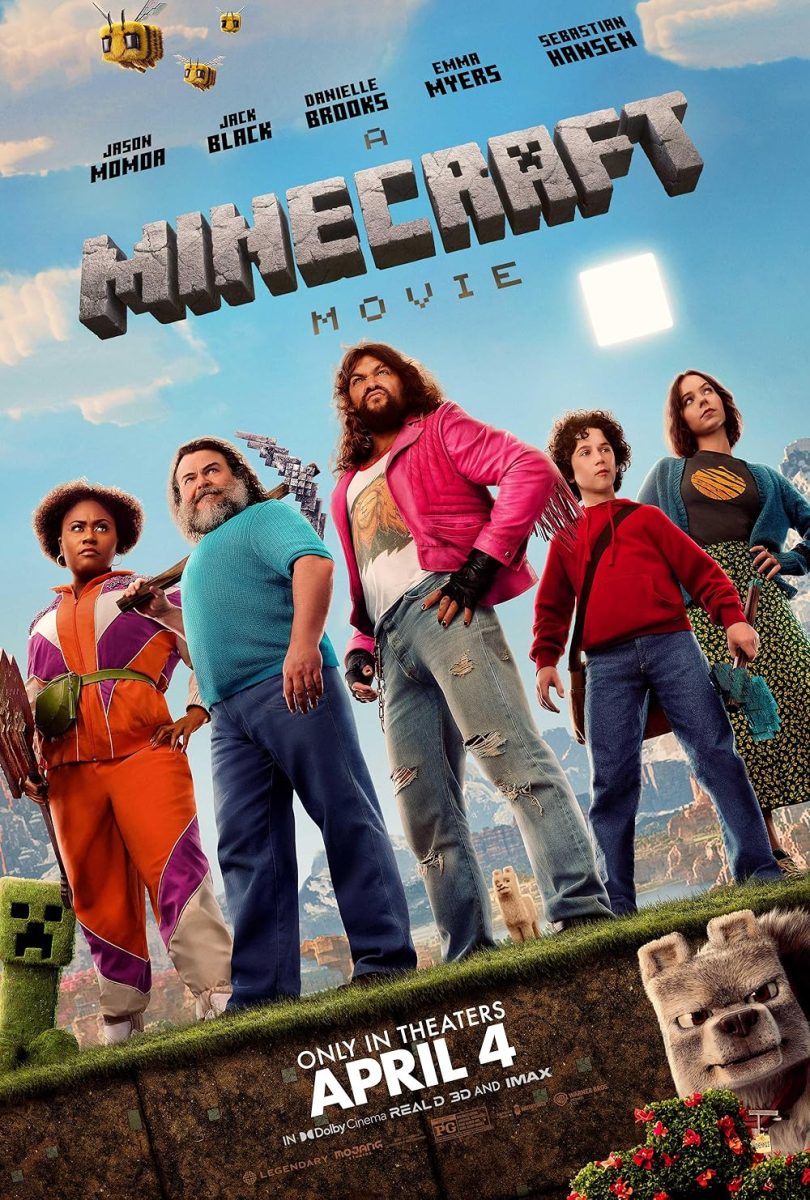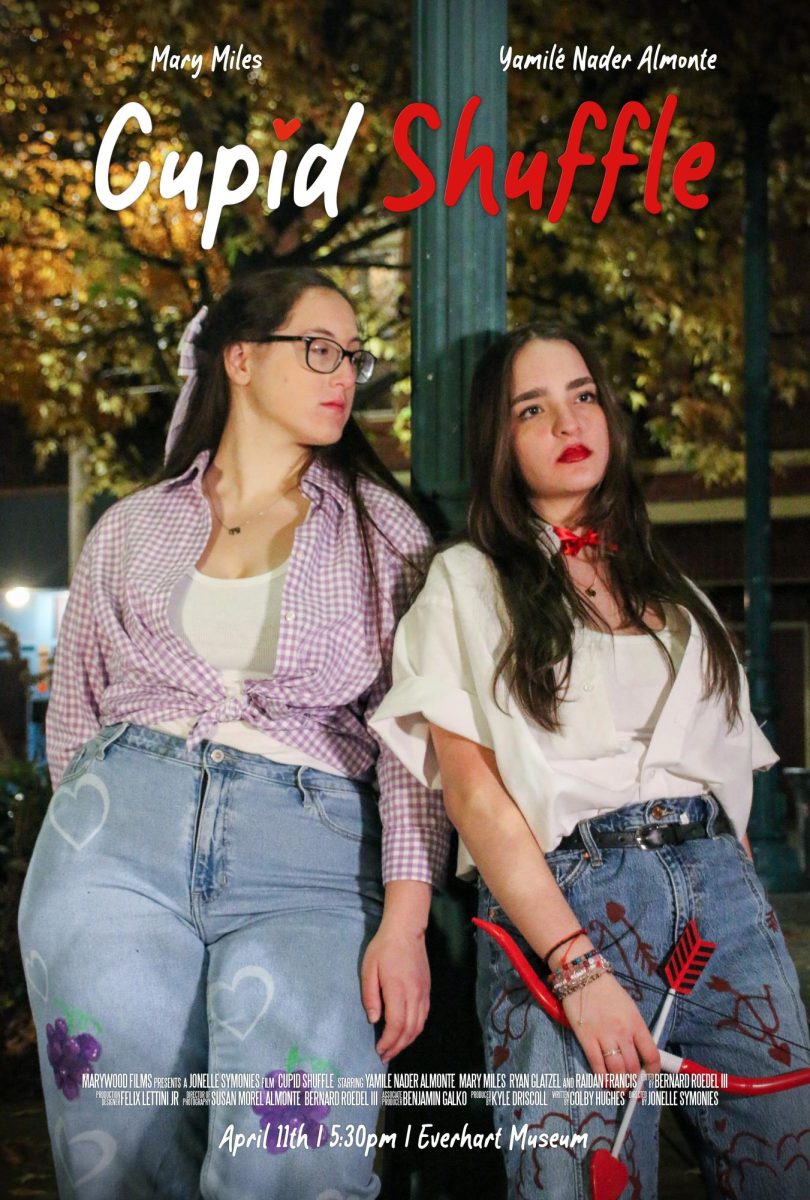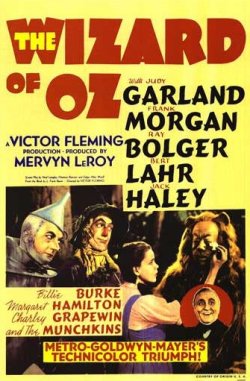
- Image via Wikipedia
By Josh Rumage
Staff Writer
A lot of people nowadays aren’t in favor of the film topics and stars that are now in vogue. As of now, today’s cinematic releases often contain a lot of graphic nudity, language, sexuality, violence, gore, and other forms of inappropriateness that makes a viewer uncomfortable, disturbed, or insulted. Also, it is amazing to see how much the price of a movie ticket costs as well as the popcorn you may want to get with it. Believe it or not, there was a time when movies were interesting, appealing and sophisticated and the cost of a movie ticked was just twenty-five cents.
That era is commonly known today as “The Golden Age of Hollywood”. Beginning with the coming of sound with 1927’s The Jazz Singer, Hollywood’s Golden Age was documented as lasting from the talkie era until the mid-1950s. During this time we had an assortment of genres; Pre-code, romance, drama, adventure, musical, western, war, fantasy, and horror. There are a number of films released within that amazing time frame that are available for today’s viewers that you may find to be interesting if you take the time to look.
Despite the economic woes of the Great Depression of the 1930s, Hollywood was the epitome of glamor. In this decade, talking films were making money as the live theatres were closing rapidly. During this era of Art Deco elegance and wardrobe -designed by such talents as Gilbert Adrian and Orry-Kelly – the cinematic magic of the 1930s was a revolution; people had the privilege of sitting in a darkened movie theatre being mesmerized by thrilling images of gangsters, affluence, and flights of the imagination. The 1930s gave us such classics as Hell’s Angels (1930), The Public Enemy (1931), Grand Hotel (1932), Dinner at Eight (1933), King Kong (1933), Baby Face (1933), Gold Diggers of 1933, It Happened one Night (1934), Mutiny on the Bounty (1935) and You Can’t Take It With You (1938).
However, no year in Hollywood was more successful or documented then the Hollywood of 1939. In 1939, the studio system was at its height of power. Science, politics, and technology where in an advanced whirlwind and the stars of the day seemed to shine brighter then the stars in the heavens. 1939 is also cited in Hollywood history as having released more films then any other year, that amount being an impressive 1,128 as indicated in the book Hollywood’s Golden Year, 1939: A Fiftieth Anniversary Celebration by Ted Sennett.
1939, film wise, is often remembered for The Wizard of Oz and Gone With The Wind (Best Picture 1939). It doesn’t end there however. It also consists of Mr. Smith Goes to Washington, The Women, Idiot’s Delight, Gunga Din, Dark Victory, The Old Maid, The Private Lives of Elizabeth and Essex, Juarez, Dodge City, Only Angles Have Wings, The Story of Vernon and Irene Castle, Bachelor Mother, Midnight, Drums Along the Mohawk, Goodbye Mr. Chips, Love Affair, Raffles, Of Mice and Men, Stagecoach, The Ice Follies of 1939, Ninotchka, and Wuthering Heights to name a few.
With the coming of World War II in the early 1940s, Hollywood through itself into the war effort and made patriotic films like Yankee Doodle Dandy (1942), Stage Door Canteen (1943), and Hollywood Canteen (1944). For the women fighting the home front at that time, there came the “woman’s pictures” that helped them cope with their loved ones over seas; Now, Voyager (1942), The White Cliffs of Dover (1943), Mr. Skeffington (1944), To Be or Not to Be (1942), and Mildred Pierce (1945).
There is a great world out there known thanks to classic films. As screen legend Lauren Bacall once said, “If you’ve never seen a older movie before it’s not old it’s new.” Try out this new world of classic films and you’ll find that it is the best world to lose yourself in thanks to the likes of Gilbert Adrian, Astaire and Rogers, and choreography by Busby Berkeley. Take a trip back to a time of great movies and real acting; step back in time to the Golden Age of Hollywood.



![Reblog this post [with Zemanta]](https://img.zemanta.com/reblog_e.png?x-id=30e6daf1-f856-4e92-9493-a84f630bbc4f)
